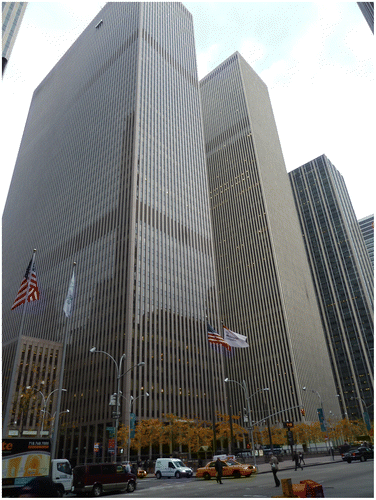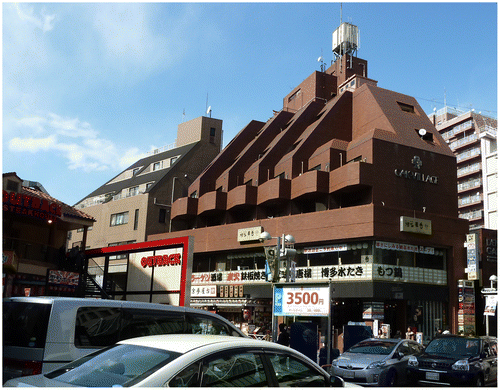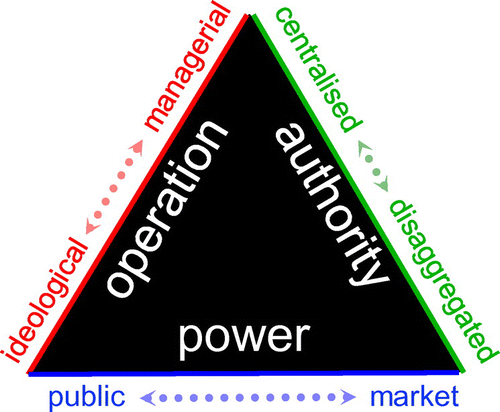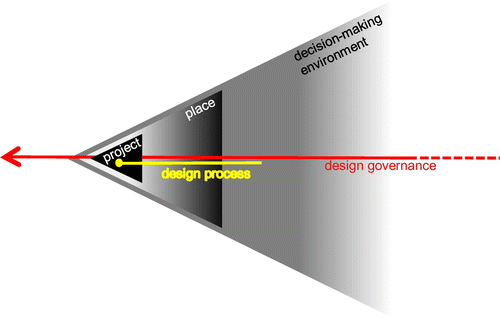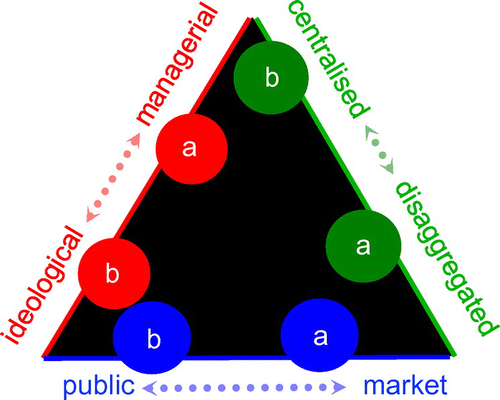Figures & data
Table 1. Motivations for state interventions in design.
Figure 1. Suburban-style developments but located on Liverpool’s historic Pier Head, complete with standard parking requirements, road splays and buffer planting.
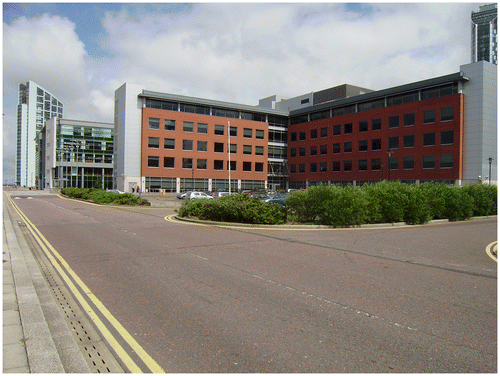
Table 2. Concepts of design quality.
Table 3. Pierre’s ‘ideal’ modes of urban governance.
Table 4. The problematics of design governance.
Figure 4. This space on the Thames riverside in Greenwich was of sufficient or ‘appropriate’ quality to get planning permission but has little social (it is fenced in), economic (it is an on-going management problem) or aesthetic value (it is crudely constructed of cheap materials).
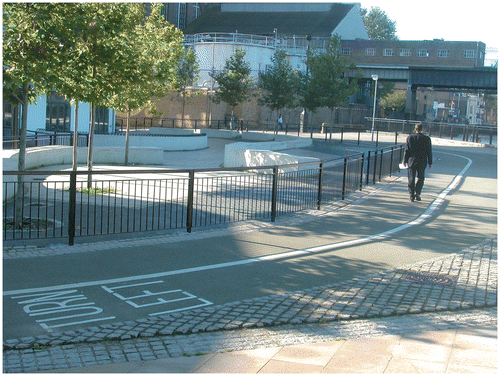
Figure 5. Design as market failure, impermeable loop and lollipop landscapes (looking from one enclave across a fence into another).
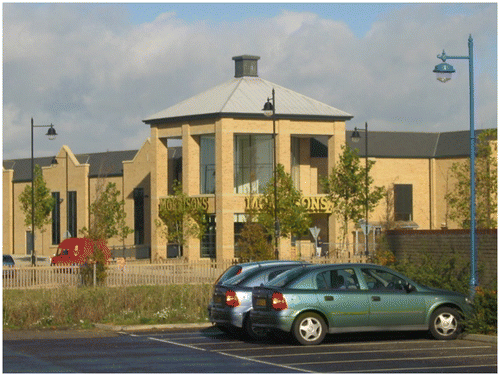
Table 5. Reasons for caution in utilizing design governance.
Figure 7. The private company Solidere not only controls the planning of downtown Beirut but was effectively given ownership of the land on behalf of the original landowners, giving it an unprecedented power to shape design and development outcomes that go far beyond normal state powers and that have profound implications for local accountability and democracy.
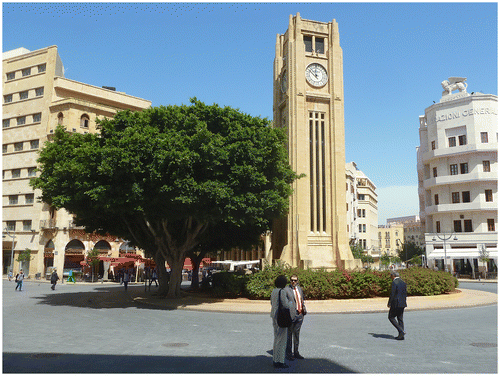
Table 6. The broad limits of design governance, four conceptual distinctions.
Figure 9. The distinctive forms of New York’s buildings and streets have been shaped by its zoning practices since 1916.
